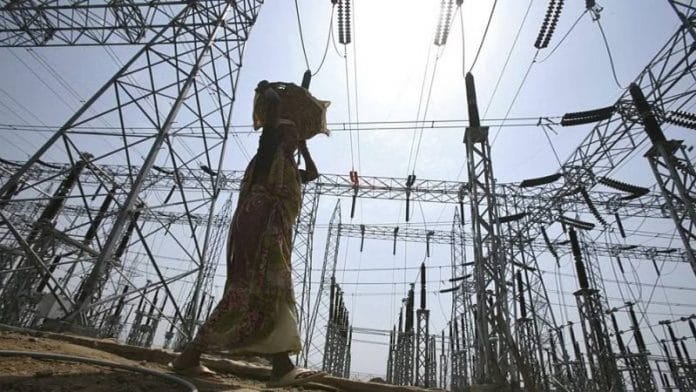New Delhi: The ministry of power has come up with an ambitious plan for the first 100 days of the new government, which includes not only expansion of current power producing capacity, but also policy changes for coal and hydroelectricity, ThePrint has learnt.
ThePrint has reviewed an internal document from the ministry, which shows it is planning for 3.3 GW of new coal-based thermal power capacity to be operationalised by September 2024, along with additional contracts for 8.7 GW of thermal capacity to be awarded during this period.
“Contracts will be awarded for 3,770 MW of pump storage projects (for hydroelectricity),” the document says. “Ground breaking of 426 MW and commissioning of 600 MW hydro projects will be done.”
It adds that 65 GW of transmission projects will be approved to “augment the national grid and facilitate the evacuation of power from renewable projects”.
The cost of these projects is estimated to be Rs 1.08 lakh crore and they will be across Karnataka, Andhra Pradesh, Gujarat, Rajasthan, Tamil Nadu, and Telangana.
Among the policy changes that will be undertaken in the first 100 days, the document says that a new hydro policy will be notified “to give a boost to hydro and pump storage projects”, the current coal allocation policy for the power sector will be reviewed and a new “simplified” coal allocation policy will be introduced, and a national electricity plan for the augmentation of transmission capacity up to 2032 will be notified.
“This will help in energy transition, renewable energy integration and green hydrogen manufacture,” the document says.
In addition, the ministry would provide electricity connections to 75,000 of the 90,000 Particularly Vulnerable Tribal Group (PVTG) households within the first 100 days. However, the document adds that 15,000 of the targeted 75,000 households have already been electrified.
“Revised comprehensive guidelines for electric vehicle charging infrastructure, incorporating the latest charger specifications, provisions for residential community charging and private owner’s charging requirements would be issued,” the document states.
These guidelines, it adds, would help with faster adoption of EVs in India.
(Edited by Nida Fatima Siddiqui)
Also Read: Chinese EV maker sold 5x what India’s whole industry did, and in 1/3rd time. What’s behind this gap






